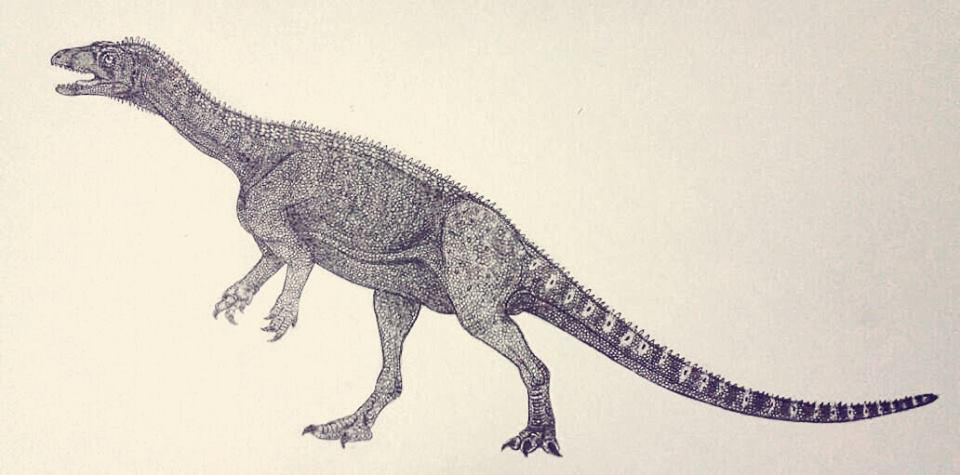

Neotheropoda represents the main evolutionary radiation of predatory dinosaurs and its oldest records come from Upper Triassic rocks (c. Nhandumirim waldsangae shows that some typical theropod characters were already present early in dinosaur evolution, and it represents possibly the oldest record of the group known in Brazil. The phylogenetic position of Nhandumirim waldsangae suggests that it represents one of the earliest members of Theropoda. Despite not being fully grown, the differences between Nhandumirim waldsangae and those saurischians cannot be attributed to ontogeny. This clearly distinguishes Nhandumirim waldsangae from both Saturnalia tupiniquim and Staurikosaurus pricei, which were collected nearby and at a similar stratigraphic level. The new taxon differs from all other Carnian dinosauromorphs through a unique combination of characters, some of which are autapomorphic: caudal centra with sharp longitudinal ventral keels brevis fossa extending for less than three-quarters of the ventral surface of the postacetabular ala of the ilium dorsolateral trochanter ending well distal to the level of the femoral head distal part of the tibia with a mediolaterally extending tuberosity on its cranial surface and a tabular caudolateral flange conspicuous, craniomedially oriented semicircular articular facet on the distal fibula and a straight metatarsal IV. nov., based on a semiarticulated skeleton, including trunk, sacral, and caudal vertebrae, one chevron, right ilium, femur, partial tibia, fibula, and metatarsals II and IV, as well as ungual and non-ungual phalanges. Here, we describe a new saurischian dinosaur from this formation, Nhandumirim waldsangae, gen.

The Late Triassic (Carnian) upper Santa Maria Formation of south Brazil has yielded some of the oldest unequivocal records of dinosaurs.


 0 kommentar(er)
0 kommentar(er)
